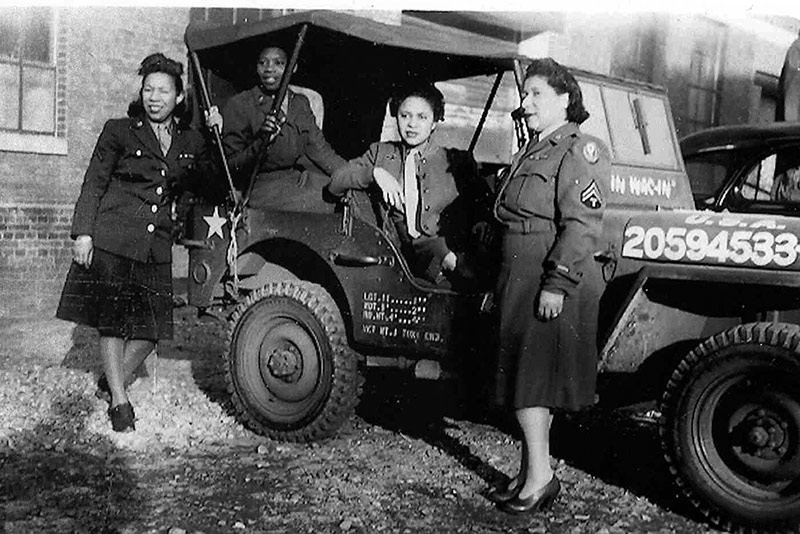
JULY 1, 1943
Women’s Army Corps is activated
World War II created an unprecedented need for soldiers on the front lines leaving many other jobs to be fulfilled. The Women’s Army Auxiliary Corps (WAAC) was created in 1942 by Public Law 554 and converted to an active-duty status as the WAC in 1943 allowing more than 150,000 women to serve in the Army. These roles included radio operators, electricians, air-traffic controllers and postal workers. The WAC was disbanded in 1978, and all units were integrated with male units.
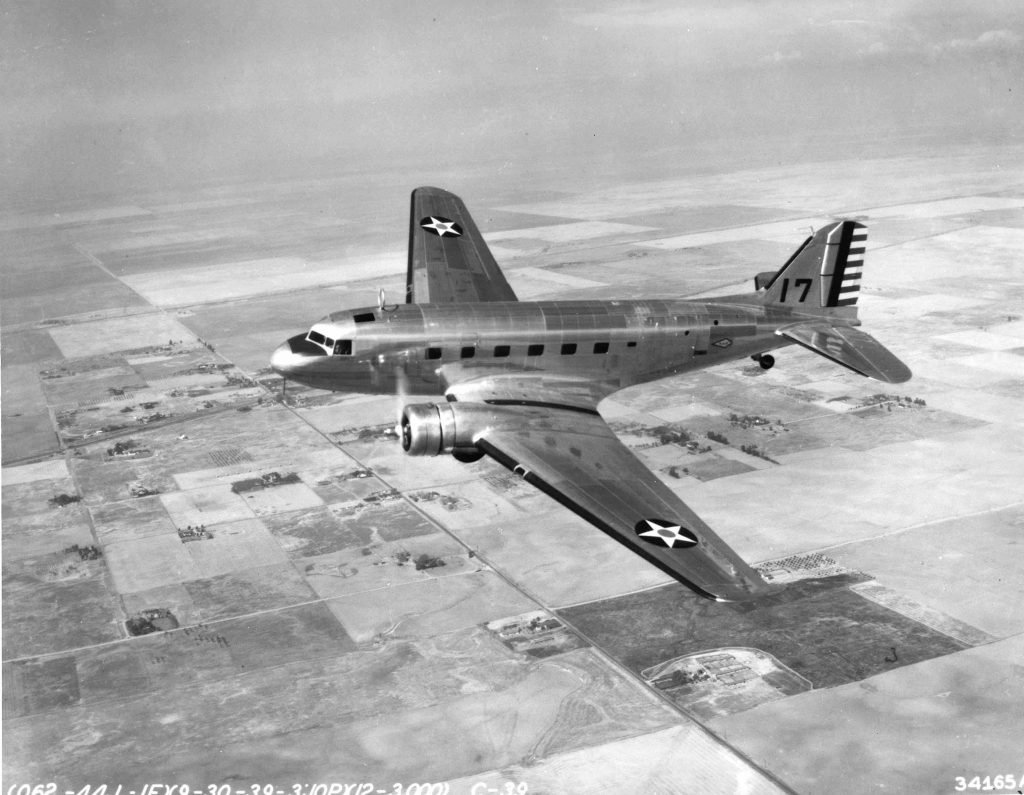
JULY 2, 1926
U.S Army Air Corps is established
The Air Corps served as the Army’s aerial warfare service component between 1926 and 1941. After World War I, as early aviation became an important part of modern warfare, a rift developed between those who valued more traditional ground-based Army methods and those who felt aircraft were being underutilized and stifled for political reasons. During World War II, the Air Corps remained a combat arm of the Army until 1947, when it was legally abolished by legislation establishing the Department of the U.S. Air Force.
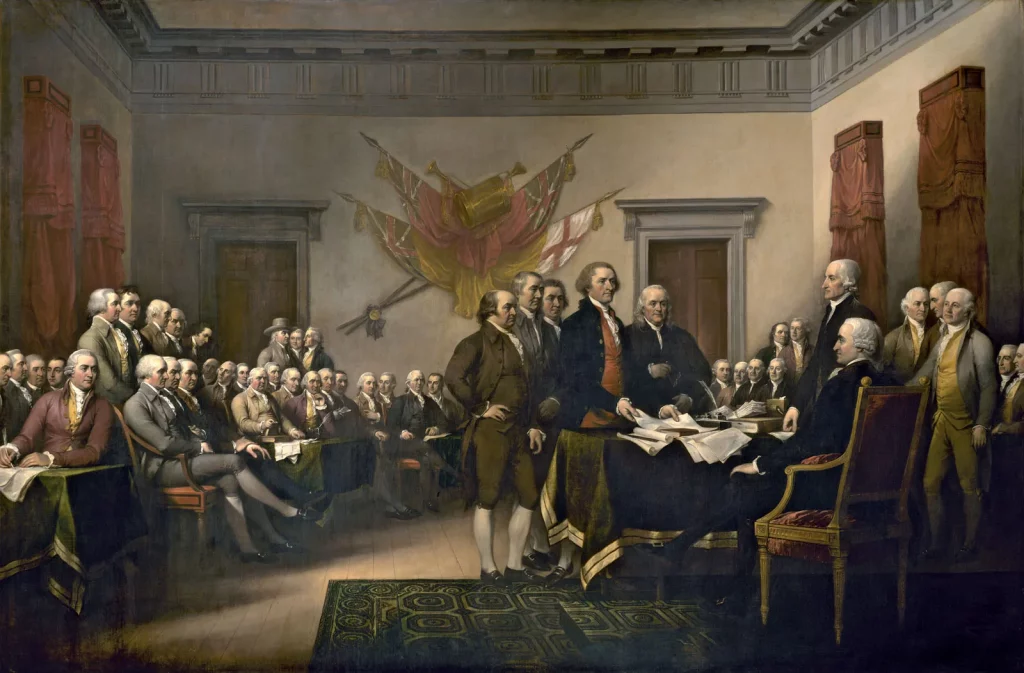
JULY 4, 1776
The Declaration of Independence is adopted by the Second Continental Congress
The Declaration of Independence is adopted by the Second Continental Congress in Philadelphia, Pennsylvania. Enacted during the American Revolution, the Declaration of Independence explained why the Thirteen Colonies at war with the Kingdom of Great Britain regarded themselves as thirteen independent states, no longer under British rule. With this declaration, the new states took a collective step in forming the United States of America.
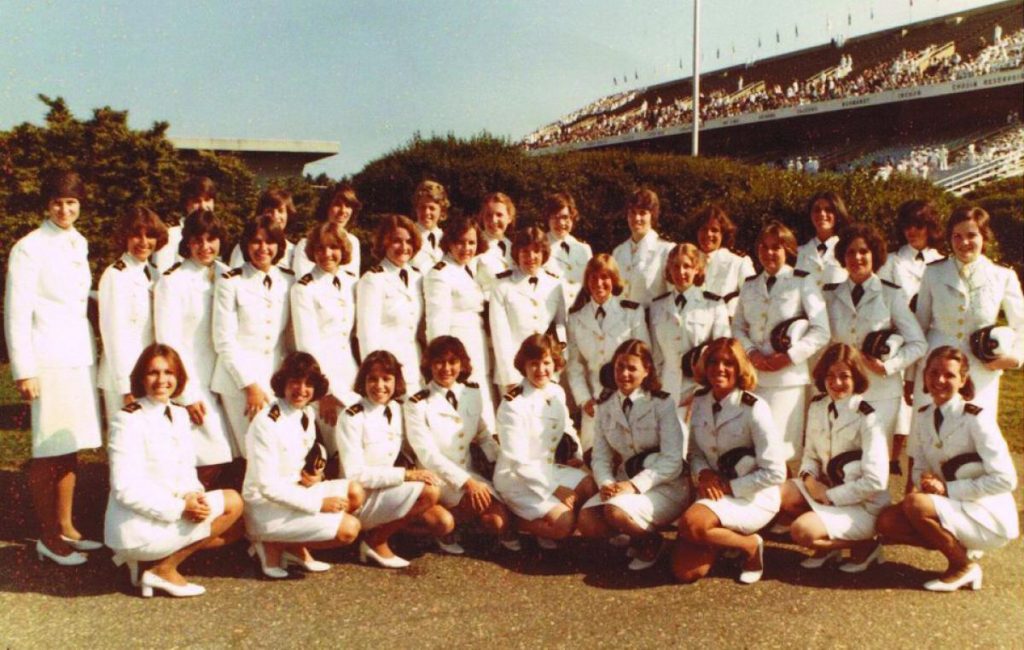
JULY 6, 1976
U.S. Naval Academy admits women for the first time
The Naval Academy inducted 81 female midshipmen, and in May 1980, Elizabeth Anne Rowe became the first female graduate. She joined Janie L. Mines, the first African American woman to graduate. Four years later, Kristine Holderied became the first female midshipman to graduate at the top of her class. Nearly 5,000 women have graduated from the Naval Academy and gone on to excel in their military careers and beyond.
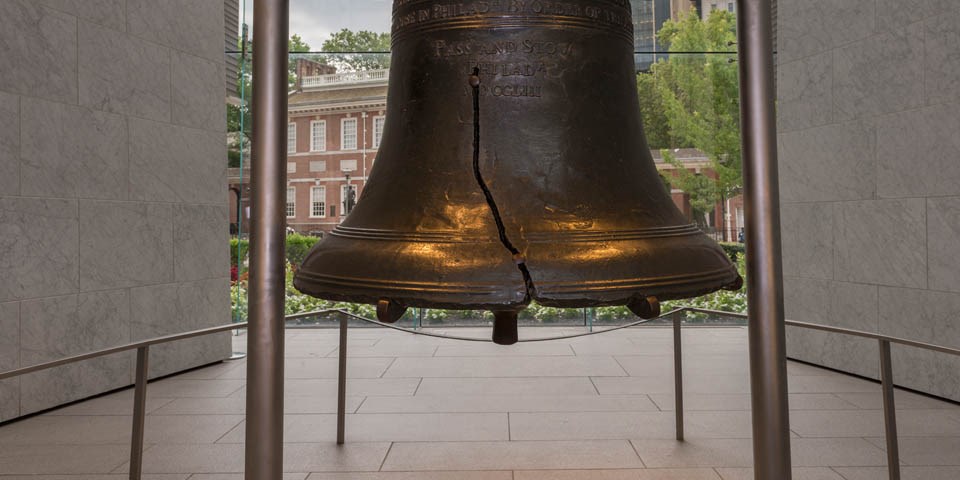
The Liberty Bell. Photo courtesy of the National Park Service.
JULY 8, 1776
“Liberty Bell” celebrates the Declaration of Independence
The “Liberty Bell” rings out to celebrate the Declaration of Independence. The 2,000-pound copper-and-tin bell rang from the tower of Independence Hall in Philadelphia, summoning citizens to the first public reading of the Declaration of Independence.

JULY 12, 1862
President Lincoln signs into law the U.S. Army Medal of Honor
President Abraham Lincoln signs into law the Medal of Honor for the U.S. Army. The measure awarded the Medal of Honor, in the name of Congress, “to such noncommissioned officers and privates as shall most distinguish themselves by their gallantry in action, and other soldier-like qualities during the present insurrection.” In December 1861, Lincoln had approved another provision to create a U.S. Navy Medal of Honor.

Major John H. Glenn, Jr., United States Marine Corps, with his Vought F8U-1P Crusader, Bu. No. 144608, after his record-setting flight, 16 July 1957.
JULY 16, 1957
U.S. Marine Corps test pilot, John Glenn, makes the first supersonic transcontinental flight
The transcontinental speed record held by an Air Force Republic F-84 Thunderjet was three hours 45 minutes, and Glenn calculated that the F8U Crusader could go faster. Because its 586-mile-per-hour (943 km/h) air speed was faster than that of a .45 caliber bullet, Glenn called the flight Project Bullet. He flew an F8U Crusader 2,445 miles (3,935 km) from Los Alamitos, California, to Floyd Bennett Field in New York City in three hours, 23 minutes and 8.3 seconds, averaging supersonic speed despite refueling in-flight three times at speeds below 300 miles per hour (480 km/h).
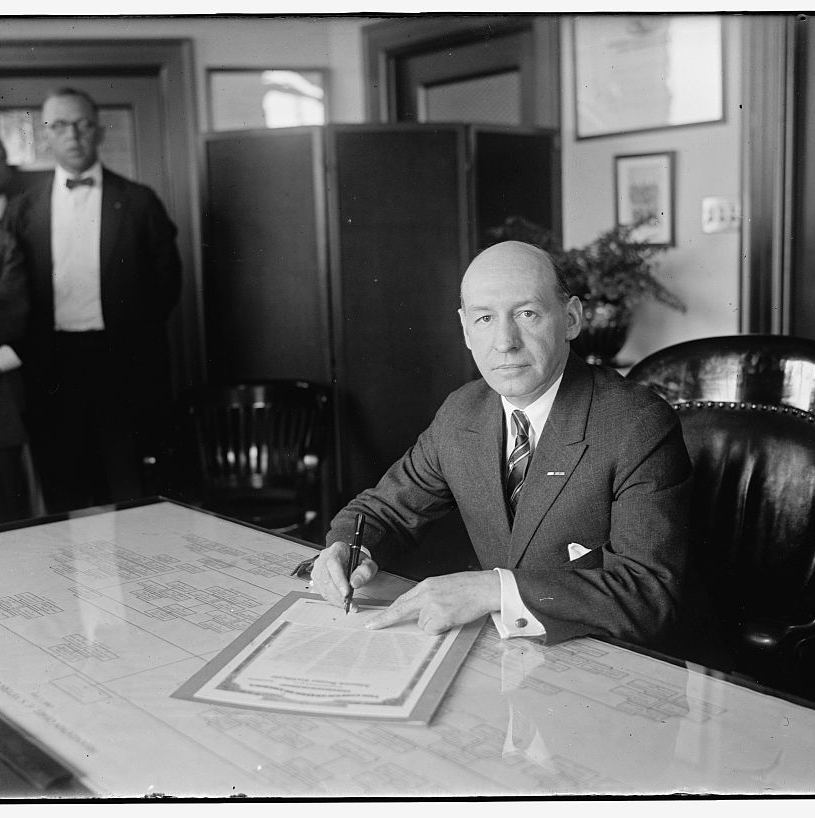
JULY 21, 1930
The Veterans Bureau becomes a federal administration
President Herbert Hoover makes the Veterans Bureau a federal administration. Hoover signed Executive Order 5398, elevating the Veterans Bureau to “consolidate and coordinate government activities affecting war Veterans.” U.S. Army Brigadier General Frank Hines, who had directed the Veterans Bureau for seven years, became the first VA administrator.

JULY 25, 1944
The U.S. First Army launches Operation Cobra
During the Normandy campaign of World War II, Lieutenant General Omar Bradley launched an offensive seven weeks after the D-Day landings. The intention was to take advantage of the Germans distracted by British and Canadian attacks around Caen, France in Operation Goodwood. It was impossible for the Germans to form successive lines of defense, and the Normandy front soon collapsed.
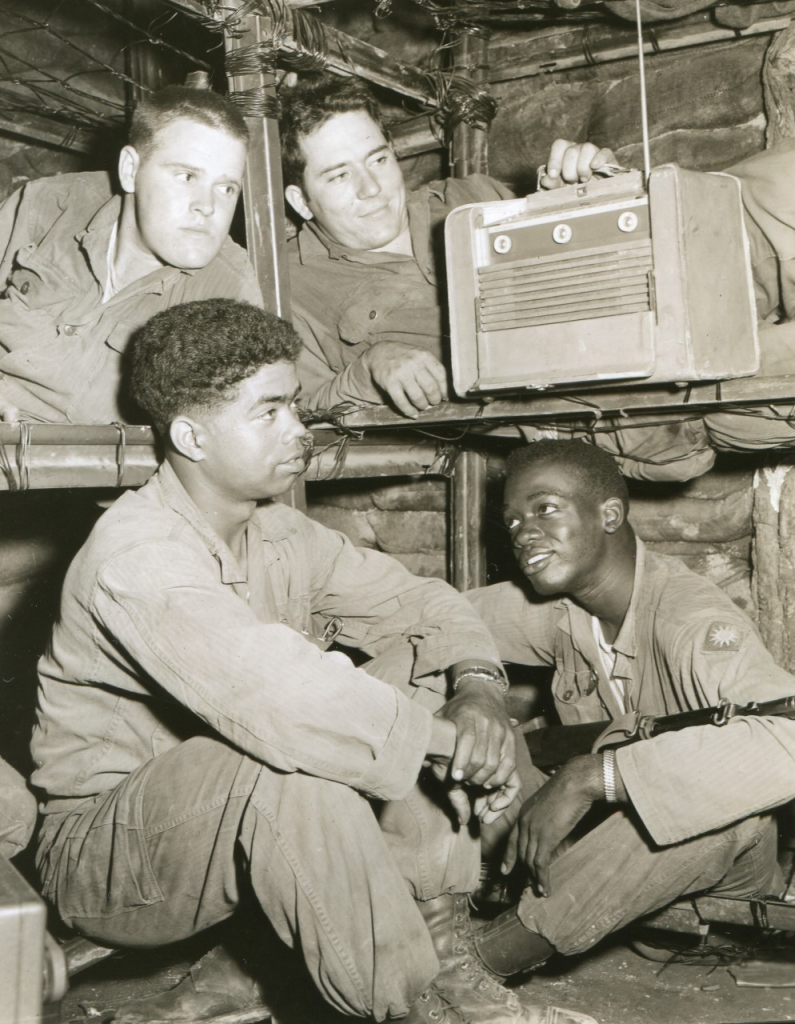
Members of the 223rd Inf Regt, 40th US Inf Division, listen to the announcement of the signing of the truce in their bunker on the Heartbreak Ridge, Korea. 7/27/1953.
JULY 27
National Korean War Veterans Armistice Day
The Korean War ended with the armistice signing in 1953. For three brutal years, the U.N. — principally the United States, fought bravely to stop the spread of communism on the Korean Peninsula. The armistice created the Korean Demilitarized Zone (DMZ) to separate North and South Korea and allowed for the return of prisoners. In honor of the millions who served, the Korean War Veterans Memorial was dedicated on July 27, 1995, in Washington, D.C. “Freedom is not free,” is inscribed in the memorial display.
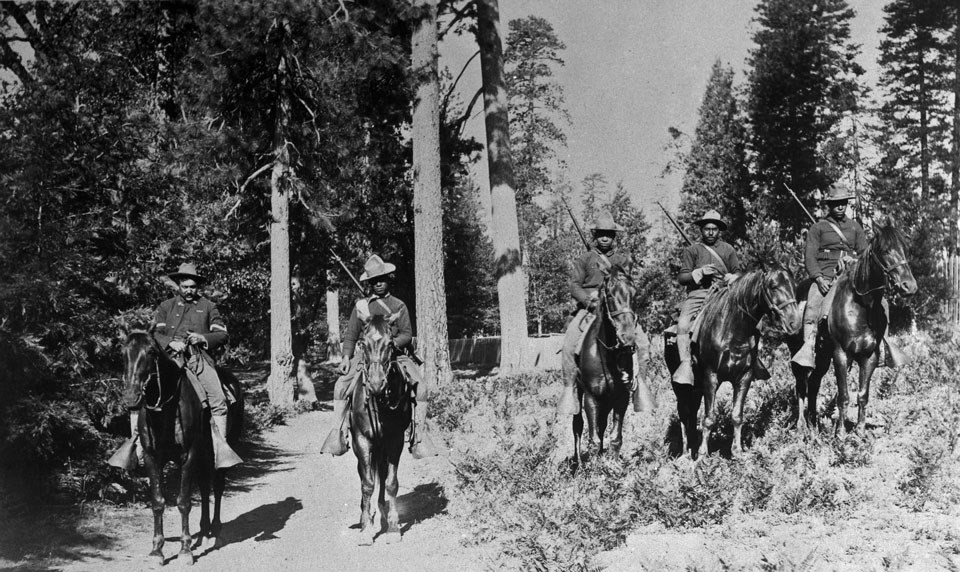
JULY 28
National Buffalo Soldiers Day
This date memorializes the action taken by Congress on July 28, 1866, to establish the 9th and 10th Cavalry Regiments, and the 38th, 39th, 40th and 41st Infantry Regiments. The 9th and 10th Cavalry Regiments played an instrumental role in the Indian Wars, protection of national parks and the safe transport of settlers through the Western frontier. Over 180,000 Buffalo Soldiers served in the Army up to the integration of the Armed Forces. Today, we honor and remember the soldiers of the first peacetime, all-black regiments in the U.S. Army.
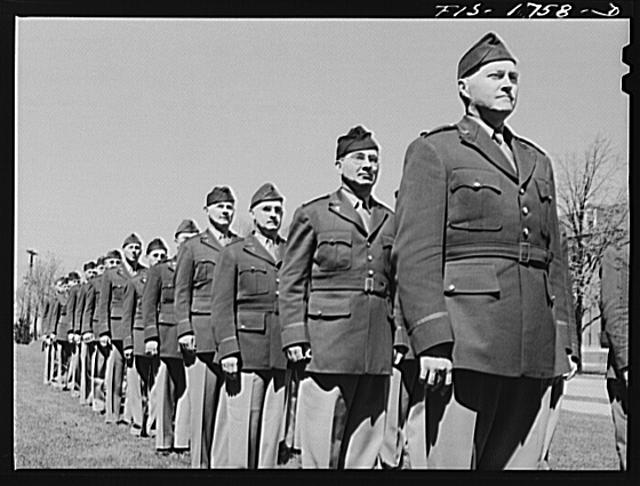
JULY 29, 1775
U.S. Army Chaplain Corps celebrates its 247th anniversary
One of the oldest and smallest branches of the Army, the Continental Congress authorized one chaplain for each regiment of the Continental Army. Our nation’s Army Chaplain Corps helps build spiritual readiness to deploy, fight and win our nation’s wars.
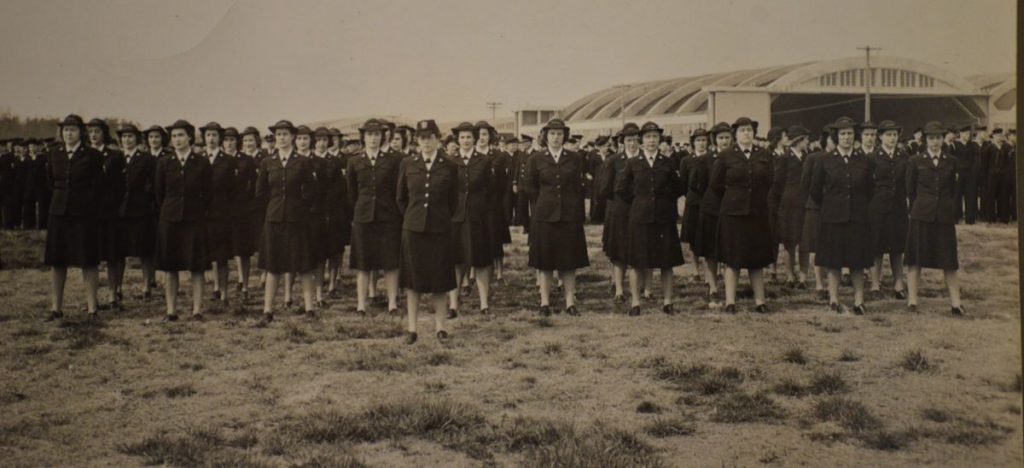
JULY 30, 1942
WAVES is created during WWII
WAVES (Women Accepted for Volunteer Emergency Service) is created during World War II. President Franklin D. Roosevelt signed the Navy Women’s Reserve Act into law authorizing the U.S. Navy to accept women into the Naval Reserve as commissioned officers and at the enlisted level, effective for the duration of World War II. More than 100,000 WAVES served in a wide variety of capacities ranging from performing essential clerical duties to serving as instructors for male pilots-in-training. The first commander of WAVES was Mildred McAfee, president of Wellesley College. Another notable member of WAVES was Grace Hopper who later attained the rank of rear admiral.



